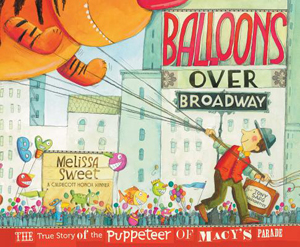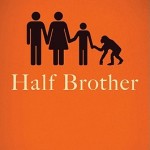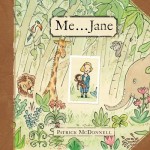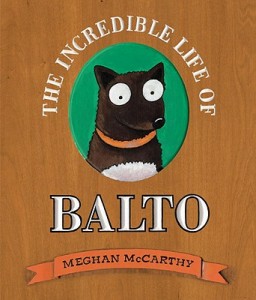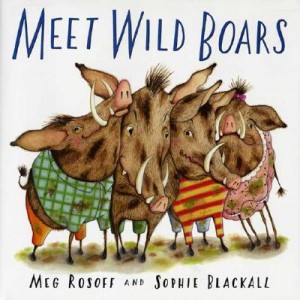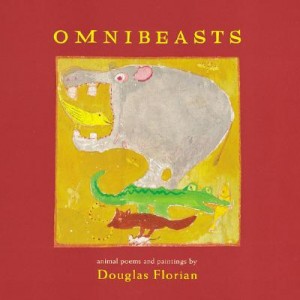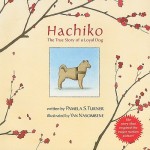I’m thrilled you are reading BALLOONS OVER BROADWAY. My family always watched the Macy’s Day parade with the huge balloons bobbing through New York City, but I never thought about who actually made the balloons.
When I first learned about Tony Sarg as a puppeteer and illustrator, I found out he was the man who also invented the Macy’s parade balloons. I had a million questions! When did that happen? Why—was he hired to do it or was it for fun? And how did he make them? I knew I had to do a book about him, but since no one had written about him before, I had to piece 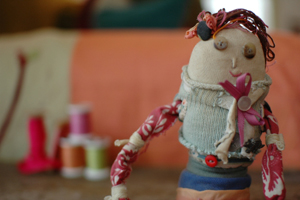 together the story of his life.
together the story of his life.
During the time I was researching and writing, I decided to make toys and puppets, just like Tony Sarg did. I’ve always liked to make things and I have a lot of materials in my studio–children’s blocks, fabric, old toys and bits of things to play with. That turned out to be the best thing I could have done because it helped me think about his life as puppeteer might have been like. Everything you see in Balloons Over Broadway are the things I made (only there were about 10 times more 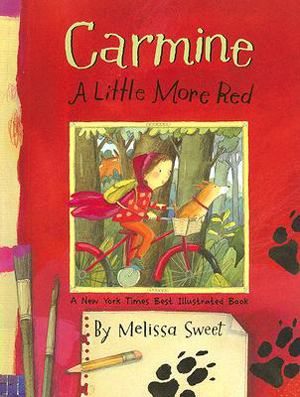 that I could not fit in the book!).
that I could not fit in the book!).
Writing does not come easily to me. I never thought I would write a book until I wrote CARMINE. I’ve learned that if I edit and keep going, slowly the story begins to unfold.
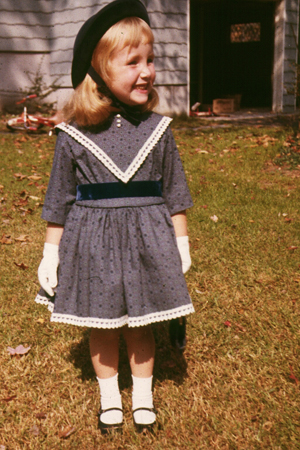 Then it starts to get exciting. I really believe that making pictures and playing with materials helps me know what to write about. Writing and making art should be fun, so I like to “play” in the studio as much as I can.
Then it starts to get exciting. I really believe that making pictures and playing with materials helps me know what to write about. Writing and making art should be fun, so I like to “play” in the studio as much as I can.
That’s one thing I love about Tony Sarg– he had so much fun doing what he did–he didn’t worry if something didn’t work or turn out as he planned. He’d just try again. I like to think that now people will know him and be inspired to try to make things—just for the fun of it.
Your friend,
Download a copy of “Your Friend, Melissa Sweet (A Letter to Readers)” HERE.
For more about Melissa Sweet and her books, visit her website HERE.








